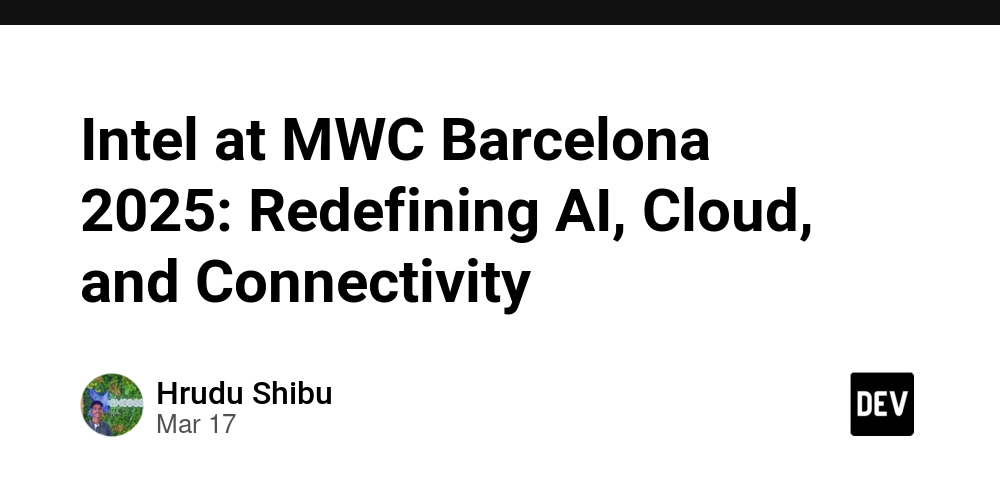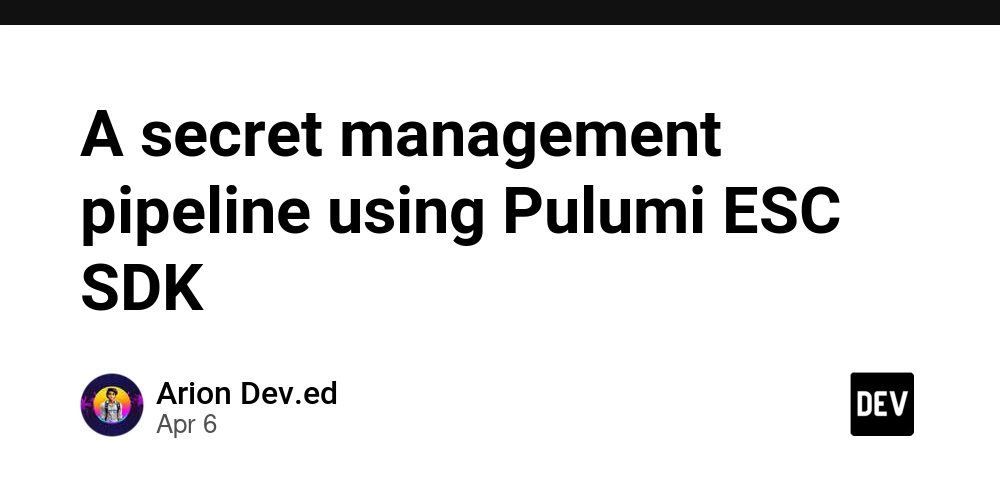Intel at MWC Barcelona 2025: Redefining AI, Cloud, and Connectivity
MWC Barcelona 2025 has been buzzing with groundbreaking announcements, and Intel has taken center stage with some game-changing innovations. From AI-driven data center advancements to next-gen networking solutions, Intel is pushing the boundaries of what’s possible in the cloud, telecom, and enterprise sectors. Let’s break down the key highlights from Intel at MWC 2025 in a simple and easy-to-understand way. Intel Xeon 6: The Future of Data Centers One of the biggest announcements is the Intel Xeon 6 processor lineup. These new processors are designed to meet the growing demand for AI workloads, cloud computing, and high-performance networking. Here’s why they stand out: Optimized for AI: Xeon 6 integrates advanced AI acceleration, making machine learning and deep learning tasks faster and more efficient. Scalability & Performance: With new core architectures, Xeon 6 promises better power efficiency and performance per watt. Cloud & Edge Ready: These processors are optimized for cloud-native workloads, helping businesses scale AI and compute-heavy applications seamlessly. In short, Xeon 6 is built for the modern data center—whether in the cloud or at the edge. AI-Powered Innovations: Boosting Performance Everywhere Intel is going all-in on AI, and that’s clear from its new AI-driven solutions for telecom, enterprise, and cloud computing. Here’s what caught my attention: AI in 5G & Networking: Intel’s AI-infused networking solutions help telecom providers optimize their networks for better efficiency and lower latency. Edge AI Enhancements: Intel’s AI-driven edge computing solutions allow businesses to process data closer to where it’s generated, reducing delays and improving real-time analytics. AI for Cloud Computing: With the integration of AI accelerators, Intel’s cloud solutions now enable enterprises to run AI workloads more efficiently without breaking the bank. Open, Scalable, and Energy-Efficient Networking Another major focus for Intel at MWC 2025 is network transformation. As the demand for high-speed connectivity grows, Intel is helping telecom operators move toward open, software-defined networks. Here’s what’s new: Cloud-Native Infrastructure: Intel’s latest networking solutions are built for 5G and beyond, enabling providers to deliver high-speed, low-latency services with greater flexibility. Energy Efficiency: Intel is integrating power-saving AI algorithms to make networking more sustainable. Open RAN (O-RAN) Momentum: By supporting open standards, Intel is ensuring that telecom operators are no longer locked into proprietary solutions. Intel’s Partnerships: Driving Industry Growth Intel is not doing this alone. At MWC 2025, it showcased strong partnerships with industry leaders, including: Cloud Providers: Collaborating with AWS, Microsoft Azure, and Google Cloud to bring AI-driven compute solutions. Telecom Giants: Working with Ericsson, Nokia, and Vodafone to revolutionize 5G and network efficiency. AI & Software Innovators: Partnering with companies like Red Hat and VMware to optimize AI workloads on Intel-powered infrastructure. What This Means for the Future Intel’s announcements at MWC Barcelona 2025 make one thing clear: AI, cloud, and networking are converging faster than ever. Businesses, telecom operators, and cloud providers now have more powerful, scalable, and energy-efficient solutions to handle the growing demand for AI and high-performance computing. As we move forward, Intel’s innovations will play a crucial role in shaping the next wave of digital transformation—whether it’s in AI-powered data centers, next-gen 5G networks, or cloud-driven enterprise applications. Final Thoughts Intel’s presence at MWC 2025 showcases its commitment to open, scalable, and AI-driven technologies. Whether you’re a developer, a system administrator, or a business leader, these advancements will likely impact the way you work with AI, cloud, and networking solutions in the near future. What are your thoughts on Intel’s latest innovations? Let’s discuss in the comments below! Credits: newsroom.intel.com

MWC Barcelona 2025 has been buzzing with groundbreaking announcements, and Intel has taken center stage with some game-changing innovations. From AI-driven data center advancements to next-gen networking solutions, Intel is pushing the boundaries of what’s possible in the cloud, telecom, and enterprise sectors.
Let’s break down the key highlights from Intel at MWC 2025 in a simple and easy-to-understand way.
Intel Xeon 6: The Future of Data Centers
One of the biggest announcements is the Intel Xeon 6 processor lineup. These new processors are designed to meet the growing demand for AI workloads, cloud computing, and high-performance networking. Here’s why they stand out:
- Optimized for AI: Xeon 6 integrates advanced AI acceleration, making machine learning and deep learning tasks faster and more efficient.
- Scalability & Performance: With new core architectures, Xeon 6 promises better power efficiency and performance per watt.
- Cloud & Edge Ready: These processors are optimized for cloud-native workloads, helping businesses scale AI and compute-heavy applications seamlessly.
In short, Xeon 6 is built for the modern data center—whether in the cloud or at the edge.
AI-Powered Innovations: Boosting Performance Everywhere
Intel is going all-in on AI, and that’s clear from its new AI-driven solutions for telecom, enterprise, and cloud computing. Here’s what caught my attention:
- AI in 5G & Networking: Intel’s AI-infused networking solutions help telecom providers optimize their networks for better efficiency and lower latency.
- Edge AI Enhancements: Intel’s AI-driven edge computing solutions allow businesses to process data closer to where it’s generated, reducing delays and improving real-time analytics.
- AI for Cloud Computing: With the integration of AI accelerators, Intel’s cloud solutions now enable enterprises to run AI workloads more efficiently without breaking the bank.
Open, Scalable, and Energy-Efficient Networking
Another major focus for Intel at MWC 2025 is network transformation. As the demand for high-speed connectivity grows, Intel is helping telecom operators move toward open, software-defined networks. Here’s what’s new:
- Cloud-Native Infrastructure: Intel’s latest networking solutions are built for 5G and beyond, enabling providers to deliver high-speed, low-latency services with greater flexibility.
- Energy Efficiency: Intel is integrating power-saving AI algorithms to make networking more sustainable.
- Open RAN (O-RAN) Momentum: By supporting open standards, Intel is ensuring that telecom operators are no longer locked into proprietary solutions.
Intel’s Partnerships: Driving Industry Growth
Intel is not doing this alone. At MWC 2025, it showcased strong partnerships with industry leaders, including:
- Cloud Providers: Collaborating with AWS, Microsoft Azure, and Google Cloud to bring AI-driven compute solutions.
- Telecom Giants: Working with Ericsson, Nokia, and Vodafone to revolutionize 5G and network efficiency.
- AI & Software Innovators: Partnering with companies like Red Hat and VMware to optimize AI workloads on Intel-powered infrastructure.
What This Means for the Future
Intel’s announcements at MWC Barcelona 2025 make one thing clear: AI, cloud, and networking are converging faster than ever. Businesses, telecom operators, and cloud providers now have more powerful, scalable, and energy-efficient solutions to handle the growing demand for AI and high-performance computing.
As we move forward, Intel’s innovations will play a crucial role in shaping the next wave of digital transformation—whether it’s in AI-powered data centers, next-gen 5G networks, or cloud-driven enterprise applications.
Final Thoughts
Intel’s presence at MWC 2025 showcases its commitment to open, scalable, and AI-driven technologies. Whether you’re a developer, a system administrator, or a business leader, these advancements will likely impact the way you work with AI, cloud, and networking solutions in the near future.
What are your thoughts on Intel’s latest innovations? Let’s discuss in the comments below!
Credits: newsroom.intel.com












































































































































































![[The AI Show Episode 142]: ChatGPT’s New Image Generator, Studio Ghibli Craze and Backlash, Gemini 2.5, OpenAI Academy, 4o Updates, Vibe Marketing & xAI Acquires X](https://www.marketingaiinstitute.com/hubfs/ep%20142%20cover.png)



























































































































![[DEALS] The Premium Learn to Code Certification Bundle (97% off) & Other Deals Up To 98% Off – Offers End Soon!](https://www.javacodegeeks.com/wp-content/uploads/2012/12/jcg-logo.jpg)


![From drop-out to software architect with Jason Lengstorf [Podcast #167]](https://cdn.hashnode.com/res/hashnode/image/upload/v1743796461357/f3d19cd7-e6f5-4d7c-8bfc-eb974bc8da68.png?#)








































































































.png?#)

































_Christophe_Coat_Alamy.jpg?#)
 (1).webp?#)





































































































![Apple Considers Delaying Smart Home Hub Until 2026 [Gurman]](https://www.iclarified.com/images/news/96946/96946/96946-640.jpg)
![iPhone 17 Pro Won't Feature Two-Toned Back [Gurman]](https://www.iclarified.com/images/news/96944/96944/96944-640.jpg)
![Tariffs Threaten Apple's $999 iPhone Price Point in the U.S. [Gurman]](https://www.iclarified.com/images/news/96943/96943/96943-640.jpg)




































































































































